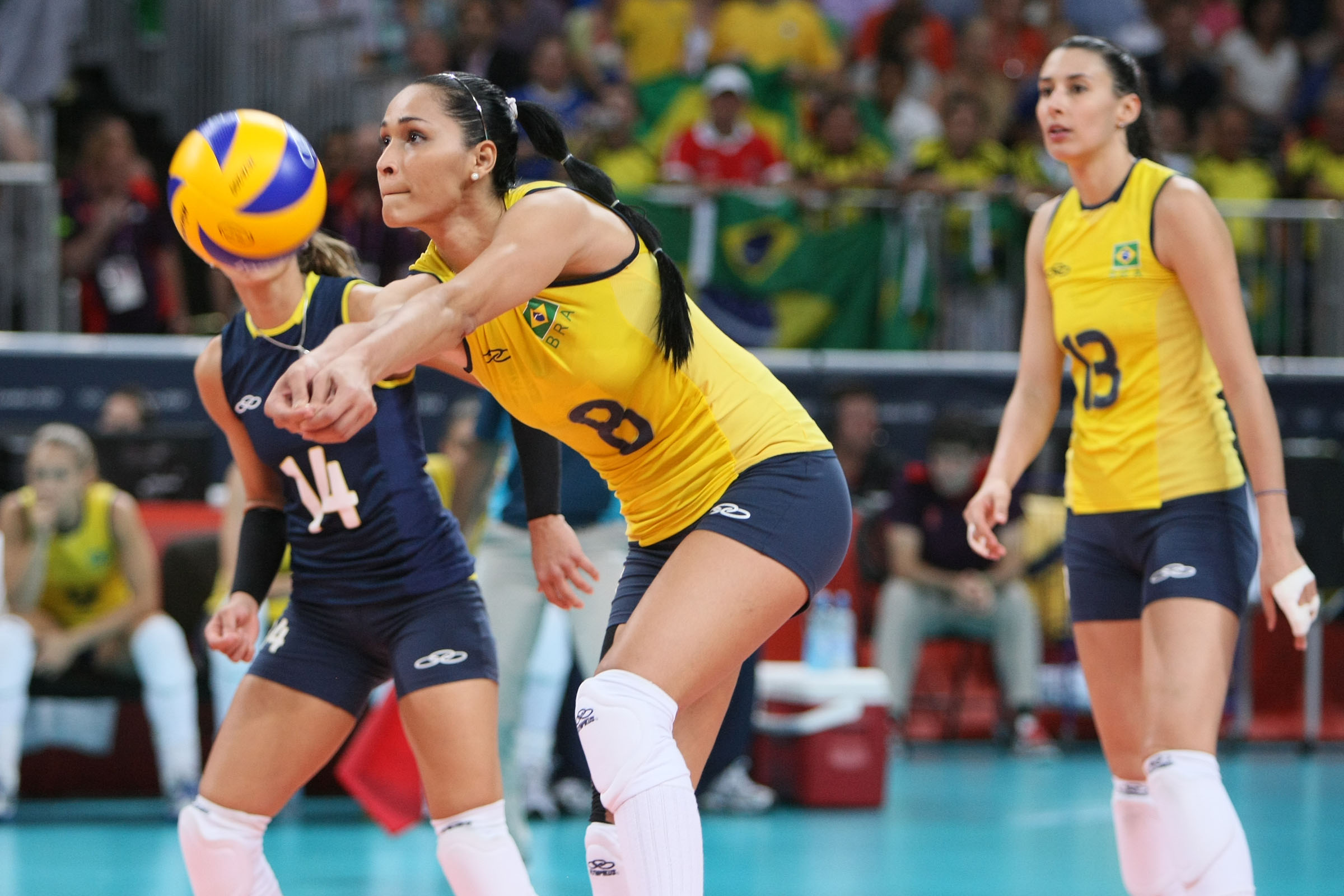History and Evolution of Volleyball at the Olympics: Volleyball At The Summer Olympics Schedule And Results

Volleyball, a sport that requires agility, teamwork, and strategic brilliance, has captivated audiences worldwide since its inception. Its journey to the Olympic Games is a fascinating tale of innovation, adaptation, and the unwavering spirit of competition.
Origins and Introduction to the Olympic Games
Volleyball’s origins can be traced back to 1895 when William G. Morgan, a physical director at the YMCA in Holyoke, Massachusetts, invented the sport. Initially known as “mintonette,” it was designed as a less strenuous alternative to basketball. The game quickly gained popularity, spreading across the United States and internationally. In 1947, the International Volleyball Federation (FIVB) was established, solidifying the sport’s global presence.
Volleyball’s debut at the Olympic Games took place at the 1964 Tokyo Games. This marked a significant milestone, signifying the sport’s official recognition as a global sporting spectacle. The inclusion of volleyball in the Olympic program further fueled its growth and popularity, attracting talented athletes from around the world.
Evolution of Volleyball Rules and Playing Styles, Volleyball at the summer olympics schedule and results
Volleyball rules and playing styles have undergone significant evolution since its Olympic debut. Early Olympic volleyball competitions featured a 9-player format, with players rotating positions throughout the match. The game was characterized by a more deliberate pace and less emphasis on aggressive attacks. However, over the years, the sport has evolved to incorporate a faster pace, more dynamic plays, and a greater emphasis on power and precision.
The transition to a 6-player format in 1996 marked a turning point in volleyball’s evolution. This change allowed for greater agility and mobility on the court, leading to more dynamic and exciting matches. The introduction of new technologies, such as video replay and instant replay, has also influenced the game’s dynamics, providing a more objective and accurate method for resolving disputed calls.
Format and Structure of Volleyball Competitions
The format and structure of Olympic volleyball competitions have also undergone significant changes over the years. Early Olympic tournaments featured a round-robin format, where all teams played against each other. This format was relatively straightforward but lacked the intensity and drama of a knockout stage.
In recent years, the Olympic volleyball tournament has adopted a more competitive format, incorporating both group stages and knockout rounds. This format ensures that all teams have a chance to compete for medals while also providing a more thrilling and unpredictable experience for spectators. The inclusion of a knockout stage also elevates the stakes, as each match becomes a do-or-die encounter.
Trying to keep track of the volleyball at the Summer Olympics schedule and results is like trying to juggle flaming torches while riding a unicycle. You need all the help you can get! Thankfully, there’s a new invention called a baby chair that connects to table , which might not help with volleyball but is sure to make mealtime a breeze.
Now, back to those Olympic volleyball matches – did you see that amazing spike? It was like a rocket!
Who needs a volleyball schedule when you’ve got a beach, a volleyball net, and some seriously refreshing cocktails? If you’re looking for the perfect drink to sip on while cheering on your favorite team, check out these blue chair bay rum recipes – they’ll have you feeling like a champion even if your team doesn’t win gold! Now, back to the schedule…
